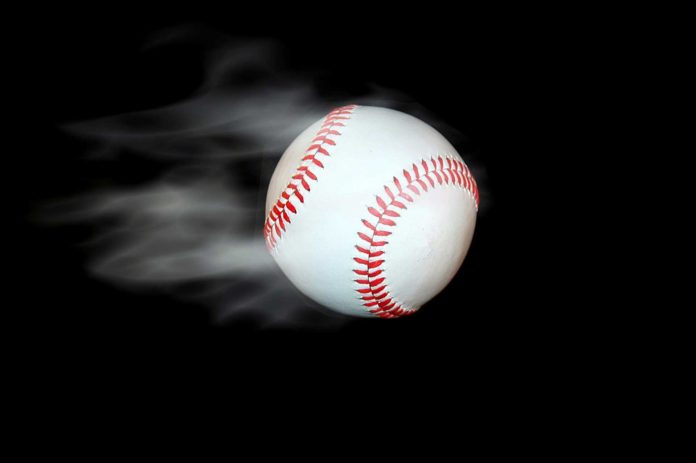The latest study on the Magnus effect suggests that there is a secret behind throwing a blistering fastball. A surprising turn from a four-seam or a two-seam fastball can have the effect in a baseball group winning or losing the World Series.
Dr. Barton Smith of Utah State University along with doctoral student Nazmus Sakib found that a fastball with an unexpected twist can make or break a game for a team. They also found that the way some pitches are explained is flat-out wrong.
Scientists conducted experiments in order to briefly explain how baseballs move. They also used a pitching machine to hurl the balls.
A baseball is unevenly inferable from the figure-eight sewing design, and the manner in which a baseball travels through the air relies upon the degree and direction of its turn and its introduction when the hand discharges it.

The Magnus effect, or the force on a turning object traveling through a fluid like air, pushes toward the path that the front of the ball is turning. So it makes a ball with topspin drop and a ball with reverse-pivot to increase some lift—enough to moderate its fall, however insufficient to beat gravity.
This all around considered phenomenon affects most pitches aside from virtually spin-free knucle ball, which is grasped with the thumb and fingertips. The two-crease fastball, which is grasped by the center and forefingers along the creases, appeared to likewise carry on in a way not clarified by the Magnus effect.
Scientists focused on these two pitches which are influenced by forces other than the Magnus effect. They set up a pitching machine that hurls fastballs and knuckleballs through a smoky path. Automatic photographs, triggered by laser sensors, captured two images of the ball and smoke after release.
Then, using a technique called particle image velocimetry, Sakib and Smith tracked the movements of the smoke particles to compute the velocity field around the ball and the direction of the rotating air at a given spot.
They computed the “boundary layer separation” by identifying the portions of the ball’s surface where the layer of air surrounding the ball had separated to form the wake. While the boundary layer separation varies differently for the two fastball pitches as the ball rotates, the net effect is the same.
Scientists found that the two-seam pitch has a tilted spin axis due to the fact that one finger leaves the seam before the other, which can cause the ball to move sideways, unlike a four-seam fastball. In the case of the knuckleball, the point of separation can change mid-flight, causing the ball to randomly shift directions.
Sakib and Smith will present their findings at the American Physical Society’s Division of Fluid Dynamics 71st Annual Meeting, which will take place Nov. 18-20 at the Georgia World Congress Center in Atlanta, Georgia.
